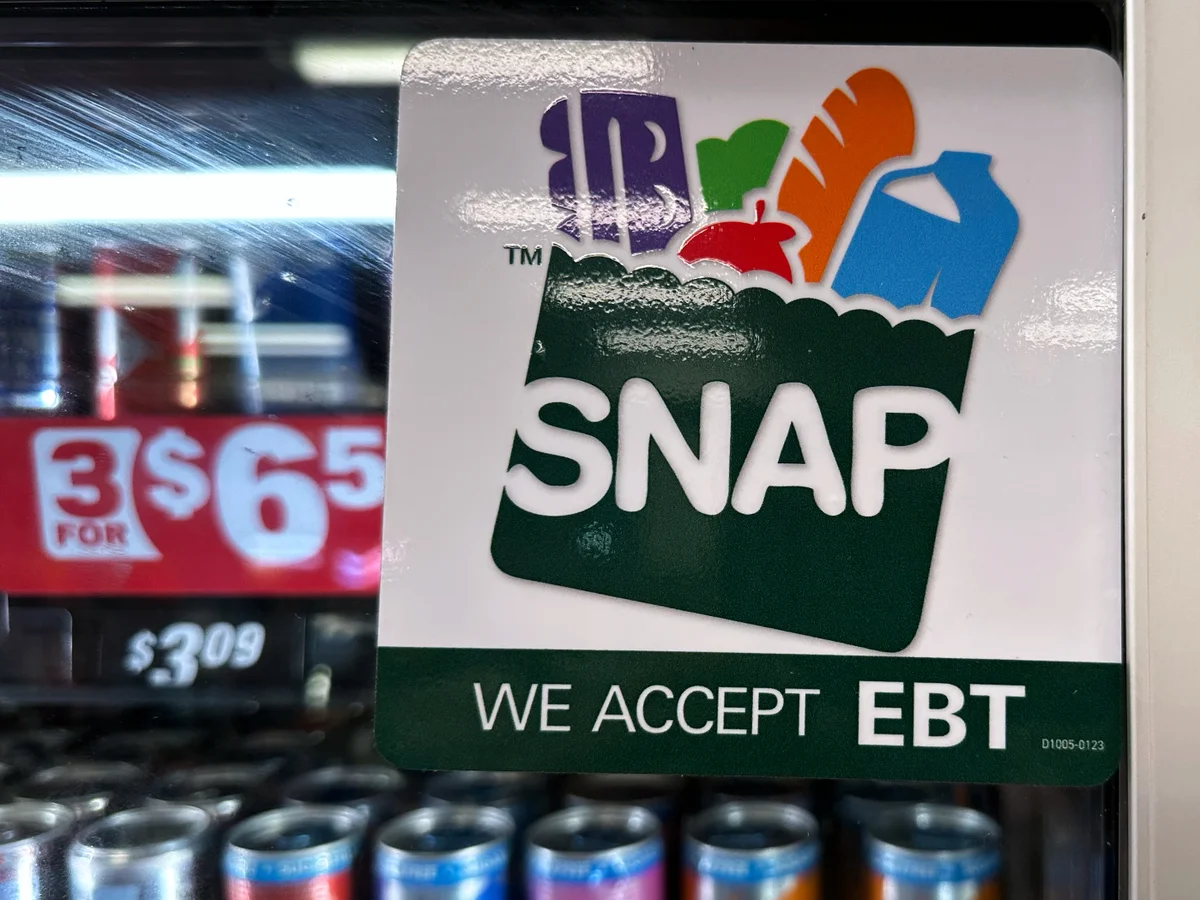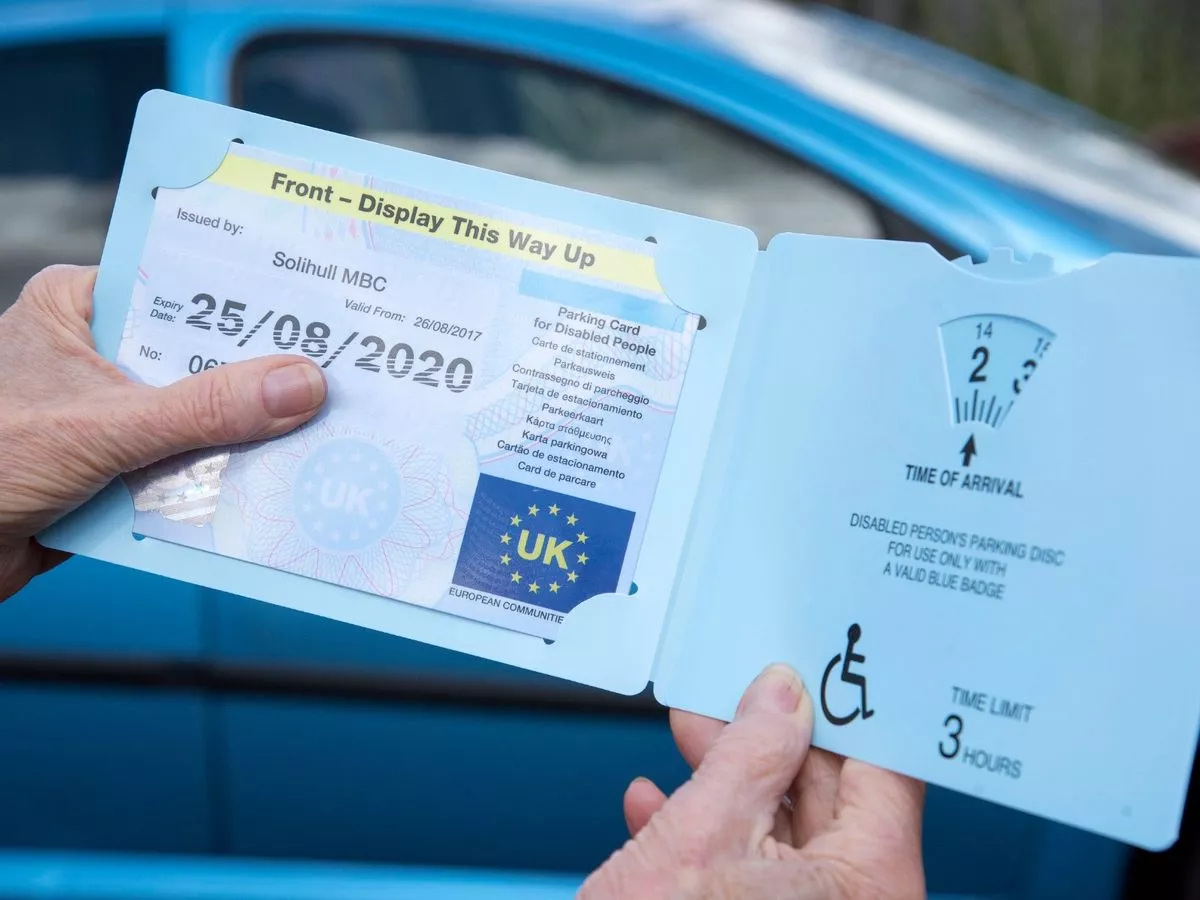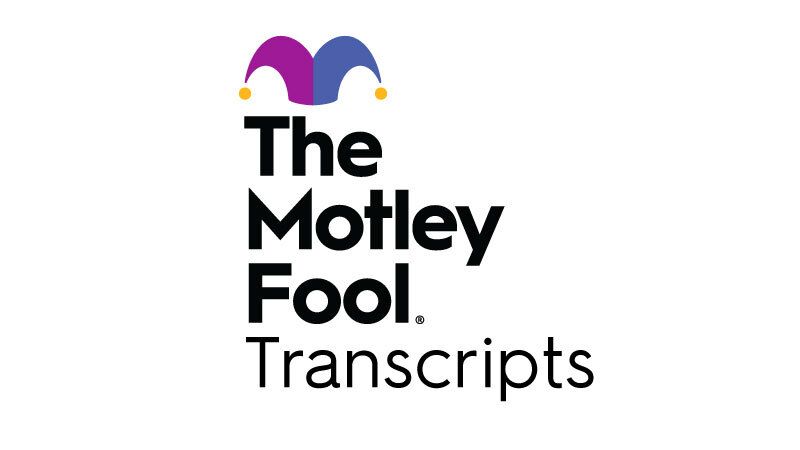Copyright independent

Supplemental Nutrition Assistance Program payments — also known as food stamps — are at the center of an ongoing legal battle amid the government shutdown. SNAP funding ran out November 1, according to Donald Trump’s administration. The government could be on a path to reopen after the Senate reportedly reached a tentative funding deal over the weekend. But the measure still needs approval from the House and Senate — and Trump’s signature — before it can take effect and reopen the government. SNAP funds, which are distributed by the federal government to states each month, support roughly one in eight families, who receive an average of $188 per person per month, or about $6 per day. Those funds are administered on prepaid cards that can be used to pay for groceries. Meanwhile, many of the 42 million Americans who rely on SNAP benefits to feed their families are still uncertain when they’ll receive their November funds. While some beneficiaries have already seen payments, millions of families are still waiting for critical assistance to buy groceries, and uncertainty is growing as the legal battle surrounding the program stretches on. Here’s what you need to know about the future of SNAP payments: It’s still unclear when SNAP recipients might receive their full November payments, and it could vary by state. While the USDA oversees SNAP, each state is responsible for the day-to-day operations of the program. The timeline depends largely on when the shutdown ends. The current deal, if approved, would fund SNAP through September 2026. If the government reopens and SNAP is funded, payments should resume as normal, but delays and confusion are still possible, according to Wendy Weller, an associate professor in the Department of Health Policy, Management and Behavior at the University at Albany, State University of New York. “In theory, if it’s fully funded, they just pick up where they left off, it should be fine, but I can see that being delayed,” she told The Independent. SNAP benefits have been at the center of a complicated legal battle since late last month after two major lawsuits called on federal courts to intervene and restart federal funds to keep families from going hungry. The Trump administration is asking the Supreme Court to let it freeze fully funding SNAP benefits amid the shutdown. The requests followed appeals court rulings that have refused to block a judge’s order requiring the Trump administration to fully fund the program. Last week, Rhode Island District Judge John McConnell ordered the Trump administration to fully fund SNAP. The decision was upheld by a federal appeals court, but the Supreme Court then granted the Trump administration’s request to temporarily freeze McConnell’s order on Friday. Also on Friday, the USDA said it was “working towards implementing November 2025 full benefit issuances in compliance with the November 6, 2025, order from the District Court of Rhode Island.” But the next day, the agency ordered states to “immediately undo any steps taken to issue full SNAP benefits for November 2025,” sowing further confusion. A federal judge temporarily blocked enforcement of the USDA’s order on Monday. U.S. solicitor general D. John Sauer told the Supreme Court on Monday that the Senate’s tentative deal could make the government’s latest request obsolete. “That proposal, if ultimately adopted by both Houses of Congress and signed by the President, would end the shutdown and moot this application,” Sauer wrote. The Independent has requested comment from the USDA and Department of Justice.



